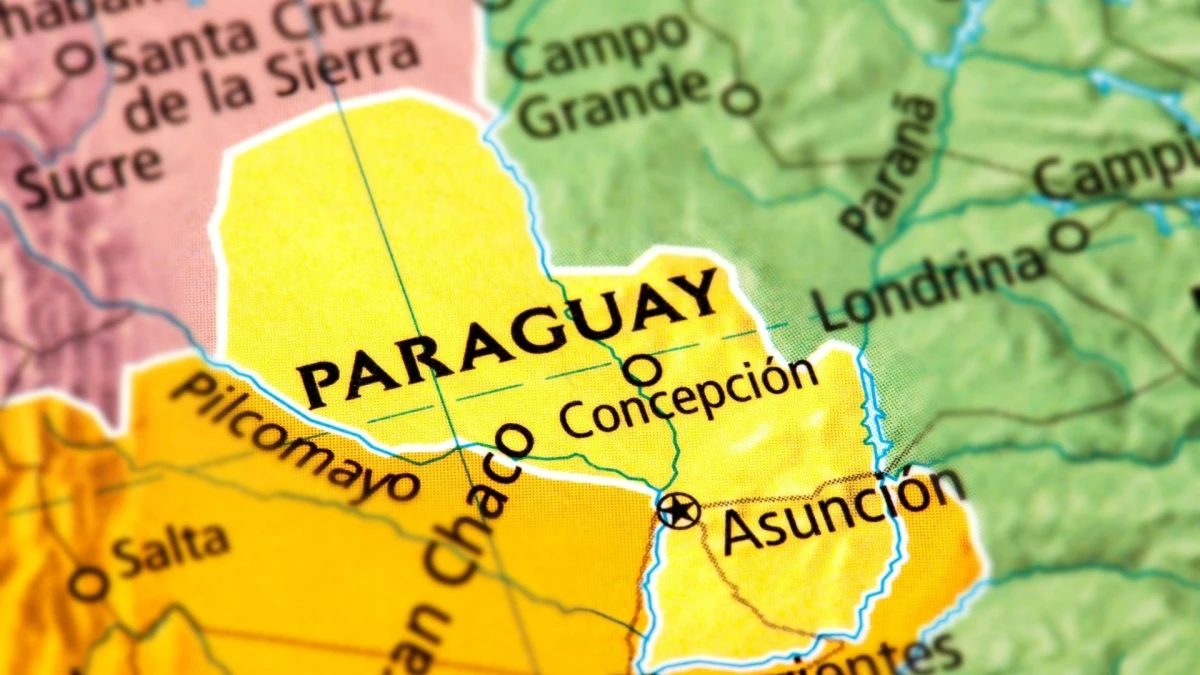22 Fun Facts About Paraguay | Where Guarani Echoes
1. Paraguay has the world’s largest freshwater reserve, the Guarani Aquifer.
Beneath the soils of Paraguay and its neighboring countries lies the Guarani Aquifer, a colossal underground reservoir, large enough to cover both Texas and California.
This aquifer, one of the world’s largest sources of freshwater, could sustain the global population for two centuries, marking it not only as a marvel of nature but also a vital lifeline in the face of growing water scarcity challenges.
2. Paraguay is bilingual, with most citizens fluent in Spanish and Guarani.
Paraguay stands out in South America as a truly bilingual nation where most citizens are fluent in both Spanish and Guarani. This linguistic duality is deeply woven into the national identity, with Guarani being one of the few indigenous languages officially recognized alongside a colonial language.
While Spanish dominates in public administration and formal education, Guarani thrives in daily communication and cultural expressions, making Paraguay uniquely bilingual.
3. Paraguay is famed for traditional Polka and soulful Guarania music.
One of the interesting facts about Paraguay is its rich musical heritage, particularly evident in the lively Paraguayan polka and the soulful Guarania. The polka, originating from Czech dance and first performed in Asunción in 1858, showcases a vibrant aspect of the nation’s culture.
In contrast, the Guarania, created in 1925 by José Asunción Flores, features slow, melancholic rhythms that deeply reflect Paraguay’s emotional and cultural landscape.
4. Paraguay’s Festival del Ovecha Rague celebrates the artistry of wool.
Every year in San Miguel, Paraguay, the Festival del Ovecha Rague celebrates the rich tradition of sheep and wool. This festival transforms the town with artistic performances, vibrant craft fairs, and showcases of wool products.
Festival del Ovecha Rague is a colorful celebration of Paraguay’s pastoral heritage and a gathering spot for those who appreciate the artistry and utility of wool in both traditional and contemporary forms.
5. Paraguay hosts the Capybara, the world’s largest rodent globe.
In Paraguay’s lush habitats, the Capybara thrives as the world’s largest rodent. These gentle giants, resembling oversized guinea pigs, are superb swimmers and grazers, often found lounging or munching in water bodies.
Adapted to both land and water, they play a crucial role in their ecosystems, despite being prey for numerous predators like jaguars and caimans.
6. Paraguay offers excellent wildlife watching with over 1,000 bird species.
Paraguay is a haven for birdwatchers, offering sightings of over 1,000 bird species amid its diverse ecosystems. From the vast Chaco forests to the lush Atlantic Forest and vibrant Pantanal wetlands, the country provides a unique stage for both migratory and endemic birds.
This rich avian diversity not only captivates bird enthusiasts but also supports local ecotourism and habitat conservation.
7. Paraguay was once an ‘island surrounded by land’ for a century.
Another unique fact about Paraguay is its historical isolation, once dubbed ‘an island surrounded by land‘ From 1864 to 1870, following the devastating War of the Triple Alliance, Paraguay closed its borders to recover from losses that claimed two-thirds of its population and much of its territory.
This period significantly shaped its culture and societal structure, emphasizing resilience and self-sufficiency.
8. Football is the most popular sport in Paraguay.
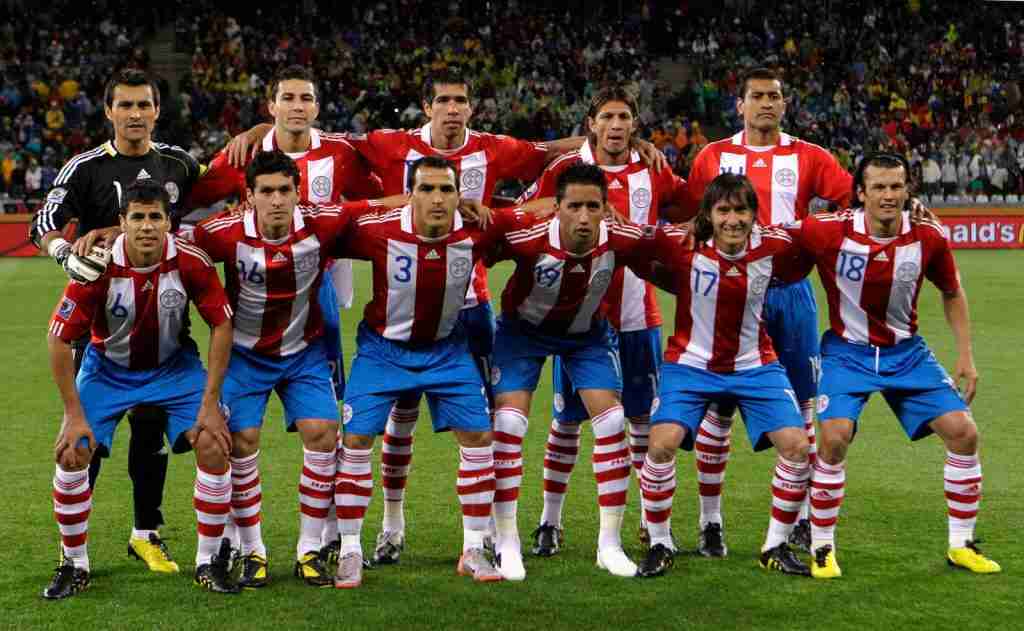
Football is deeply ingrained in Paraguayan culture, standing as the nation’s most popular sport. It was introduced in the late 19th century and quickly transcended social classes, captivating everyone from the elite to the general populace.
Today, Paraguay prides itself on a robust football scene, characterized by passionate fans, intense local derbies, and a national team that has competed in numerous international tournaments.
9. Nanduti lace, a traditional Paraguayan craft, is renowned for its detailed designs.
Ñandutí lace, a traditional Paraguayan handcraft, is celebrated for its intricate, web-like designs. Crafted from cotton or silk, this delicate needle lace, named “spider web” in Guaraní, showcases exquisite patterns.
Each piece is meticulously worked on fabric stretched tightly in a frame, reflecting the remarkable skill of Paraguayan artisans in creating detailed and interconnected designs.
10. Paraguay is one of the top recyclers of organic waste in Latin America.
Paraguay is leading the way in Latin America by optimizing organic waste recycling, significantly impacting sustainability. In Asunción alone, initiatives encourage the recycling of glass containers for organic producers, supporting local economies and reducing environmental impact.
These efforts aim to foster a culture of recycling and sustainability, highlighting Paraguay’s commitment to environmental stewardship and resource conservation.
11. Paraguay has a significant Brasiguayo population.
Paraguay hosts a significant Brasiguayo community, with around 400,000 Brazilians living primarily in the southeastern regions of Canindeyú and Alto Paraná. These immigrants and their descendants, often from Brazil’s southern states, have melded their cultures.
They speak Portuguese and maintain Brazilian traditions while integrating into Paraguayan society. This unique population illustrates the deep cultural and social ties between Brazil and Paraguay.
12. Cerro León is the highest and most climbed peak in Paraguay.
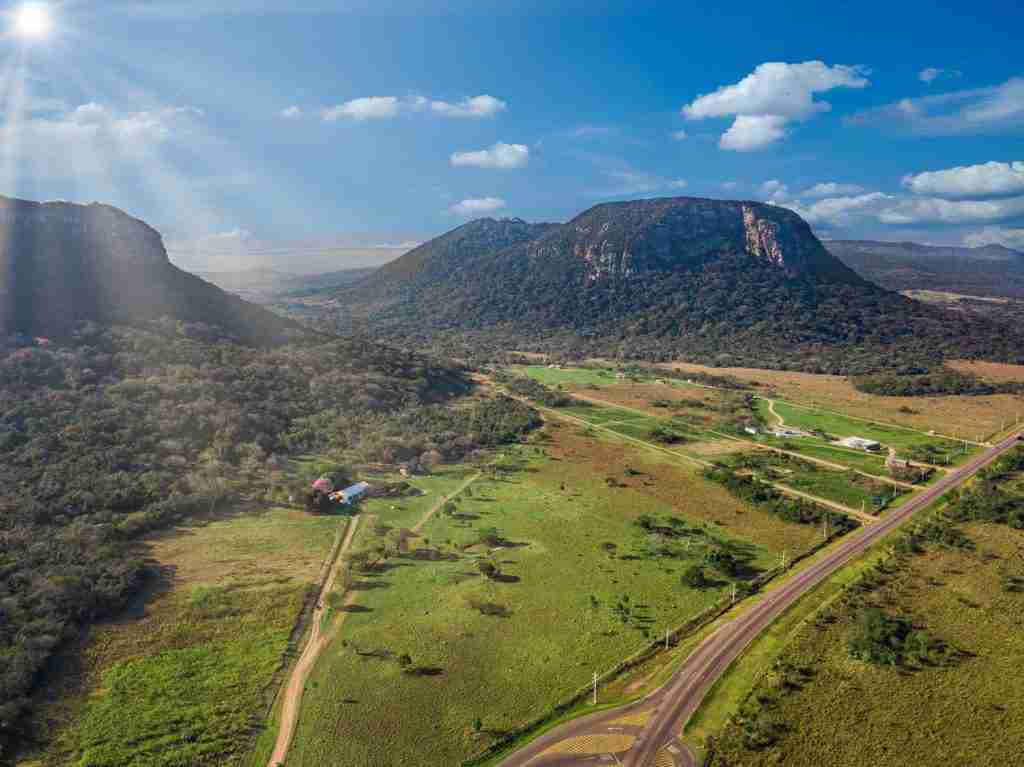
Another interesting Paraguay fact is that Cerro León, located in the heart of Defensores del Chaco National Park, is the highest peat in the country. This peak is not just a popular climbing destination but also a place of ecological and cultural significance.
It is home to diverse species and the Ayoreo Indigenous people. Cerro León’s unique geological formations and rich biodiversity make it a magnet for both adventurers and conservationists.
13. Paraguay has the largest navy of any landlocked country.
Despite its landlocked status, Paraguay has the largest navy among such nations, thanks to its expansive river system which includes the Paraguay and Paraná rivers. These waterways are vital for the country’s economy, security, and daily life.
The Paraguayan Navy, with its impressive fleet and several bases, plays a crucial role in safeguarding these essential water resources.
14. Paraguay lost Iguassu Falls after the Triple Alliance War.
Paraguay has lost its significant territory following the War of the Triple Alliance. Paraguay battled Argentina, Brazil, and Uruguay from 1864 to 1870, resulting in a devastating defeat.
The country lost about 140,000 square kilometers, including the famed Iguassu Falls, fundamentally altering its landscape and national boundaries.
15. Paraguay’s name may mean ‘crowned river’ or come from a Jesuit parrot.
The name ‘Paraguay’ is shrouded in intriguing theories. One suggests it comes from ‘Paraguá,’ meaning ‘crowned river’ in the native Guarani language, perhaps reflecting the majestic waterways that carve through the land.
Another theory posits that Jesuit settlers named it after a local parrot, capturing the vibrant and vivid nature of the country’s flora and fauna. Both interpretations highlight the rich cultural and natural heritage of Paraguay.
16. Paraguayans consume more yerba mate per capita than any other nation.
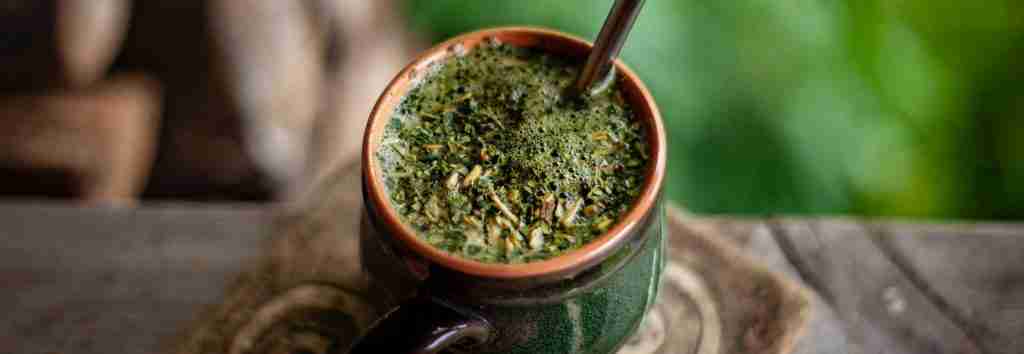
Paraguay leads the world in yerba mate consumption per capita, deeply ingraining this energizing herbal tea into its national culture.
Known locally as tereré when served cold, it’s not just a drink but a social ritual that reflects the community-oriented spirit of Paraguayans, gathering them together in both celebration and everyday life.
17. Paraguay’s Guarani culture is rich with tales of forest spirits and deities.
Another amazing fact about Paraguay is the profound influence of Guarani culture, particularly through its mythology. Rich with tales of forest spirits and divine creatures, Guarani legends permeate national identity.
Stories of creation, cosmic battles, and powerful deities like Tupã reflect the deep spiritual and natural connections cherished by the Guarani people, continuing to resonate in Paraguay today.
18. Paraguay has the most homogeneous population in South America.
Paraguay has a remarkably homogeneous population, predominantly of mixed Indian and European ancestry.
This unique demographic blend contributes to a unified national identity, standing out in South America for its cultural cohesion and shared heritage, deeply rooted in both indigenous traditions and European influences.
19. Paraguay hosts the Transchaco Rally, South America’s toughest automobile race.
The Transchaco Rally in Paraguay is one of South America’s most grueling automobile races. Spanning 3000km over three days, it tests drivers with harsh terrains from dusty roads to rugged paths near the Bolivian border.
Its notorious difficulty not only challenges seasoned competitors but also cements its status as a premier event for extreme adventure and intense competition.
20. Mercado 4 in Asunción is among South America’s largest open-air markets.
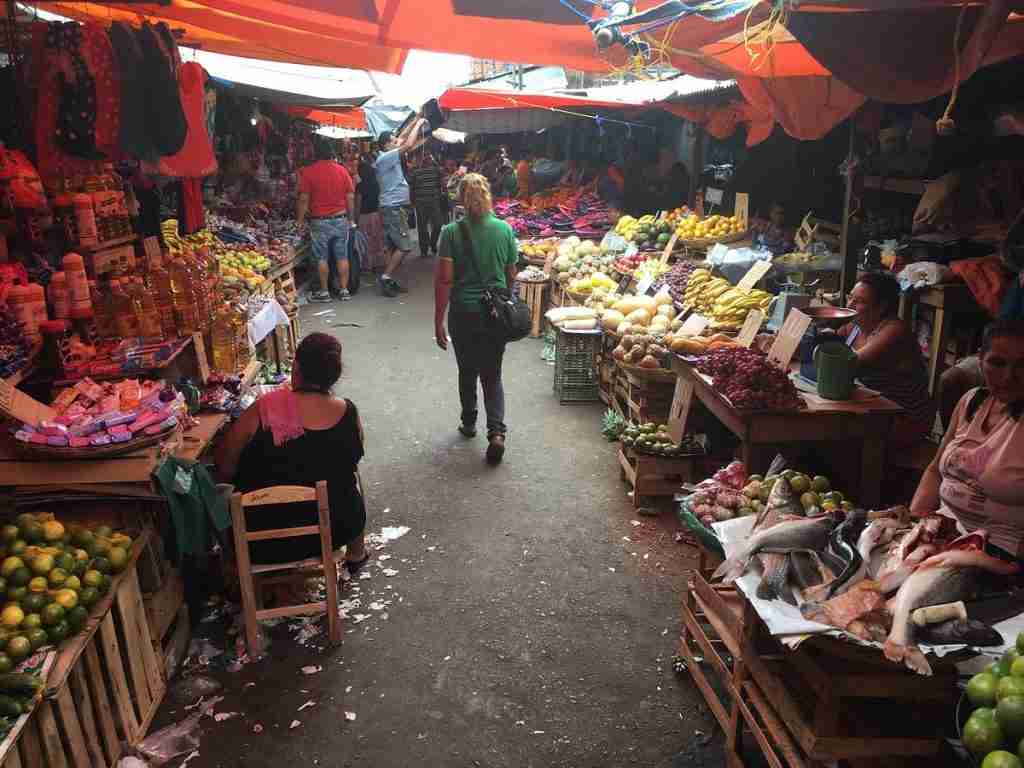
Mercado 4 in Asunción, Paraguay, is renowned as one of South America’s largest open-air markets. This vibrant marketplace is a bustling hub where locals and tourists alike can find everything from fresh produce and meats to handicrafts and electronics.
It epitomizes the lively street market culture, offering a colorful array of goods and an authentic taste of Paraguayan life in the heart of the capital.
21. Paraguay is the only country with different emblems on each side of its flag.
One of the unique facts about Paraguay’s flag is that it features different emblems on each side. The front displays the national coat of arms, symbolizing the country’s independence and pride.
Similarly, the reverse side bears the treasury seal with a lion under a liberty cap, framed by the motto “Paz y Justicia” (Peace and justice), representing the nation’s core values.
22. The first railway in Paraguay was built by Britishers.
Paraguay’s first railway, built by British engineers between 1858 and 1861, marked a significant era in the nation’s development.
This pioneering project, starting from Asunción to Paraguarí, was one of the first in South America, symbolizing progress and the blending of local aspirations with international expertise.
FAQs
Paraguay is renowned for its vibrant culture, rich history, and the expansive Paraguayan Chaco, attracting nature enthusiasts and cultural explorers alike.
Paraguay’s flag was officially adopted on November 25, 1842, featuring a unique design with different emblems on each side.
Yes, Paraguay is worth visiting for its off-the-beaten-path attractions, warm hospitality, and captivating natural landscapes, offering a unique experience compared to more frequented South American destinations.
The most popular food in Paraguay is “Sopa Paraguaya,” a traditional cornbread made with corn flour, cheese, and onions, embodying the country’s rich culinary heritage.
Spanish and Guarani are both spoken in Paraguay, reflecting its rich cultural tapestry. Guarani is particularly integral, and used widely in daily communication and cultural expressions.

